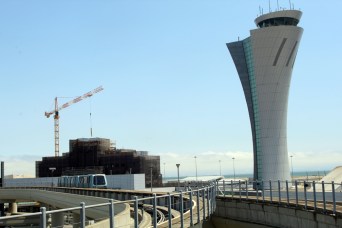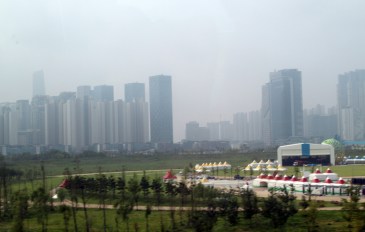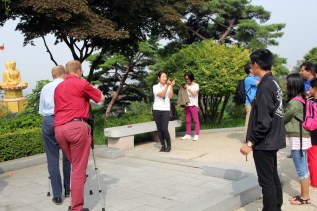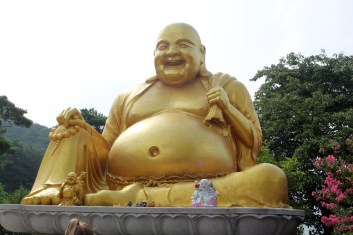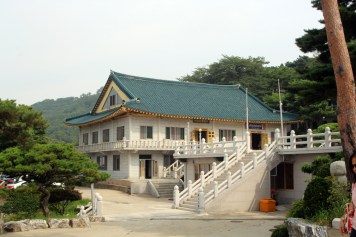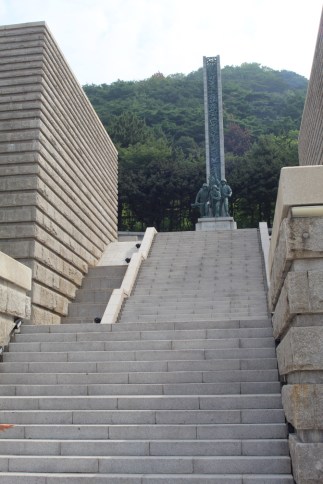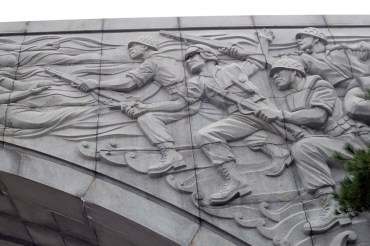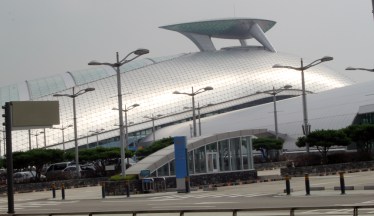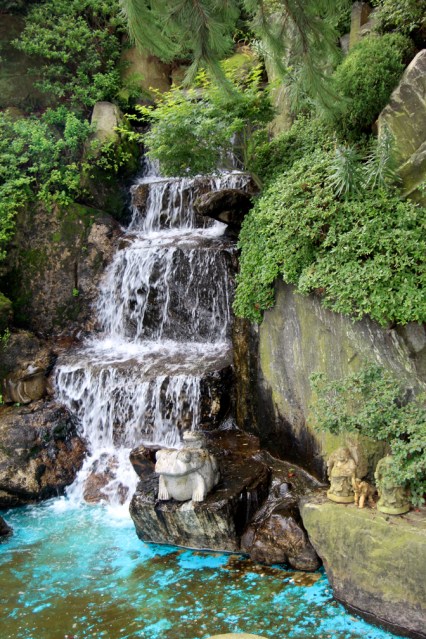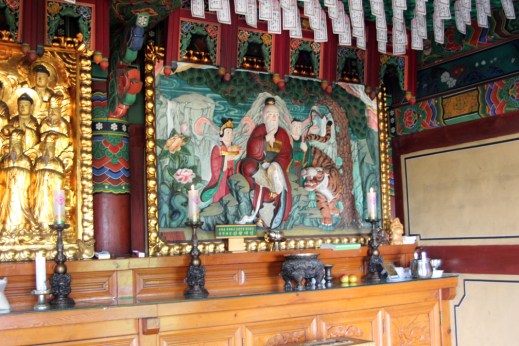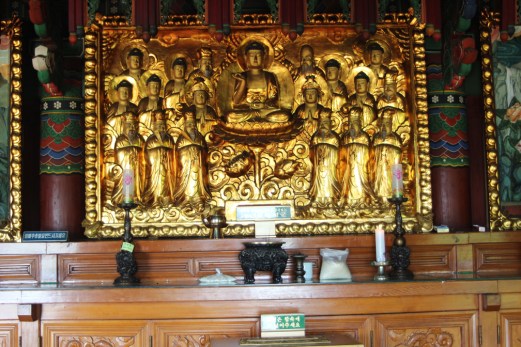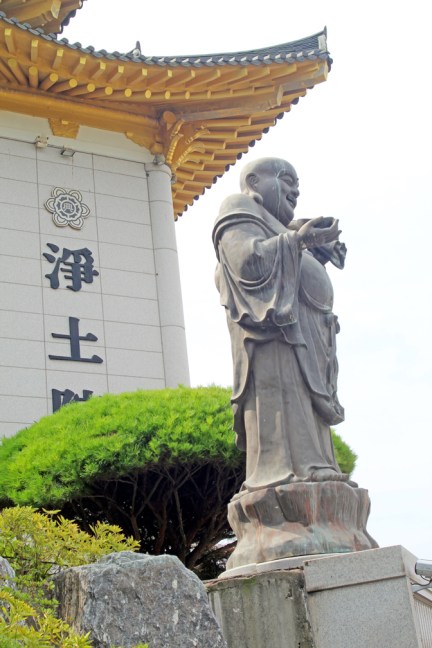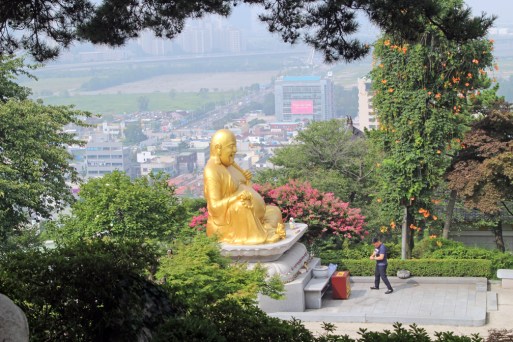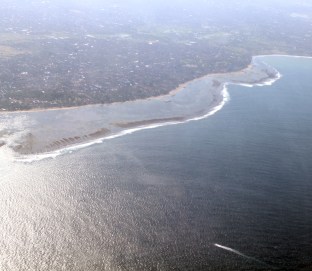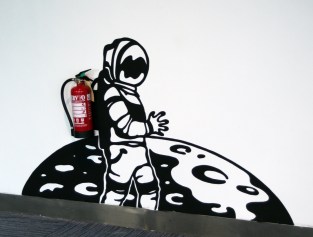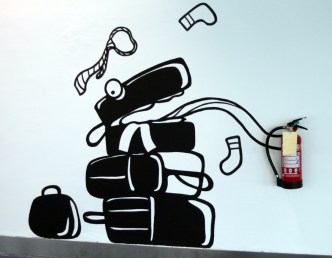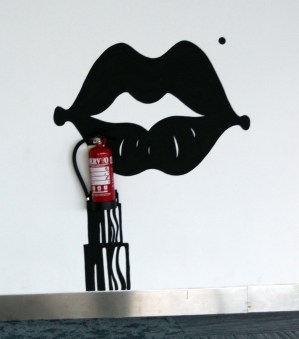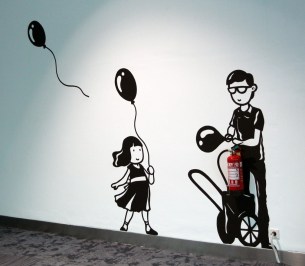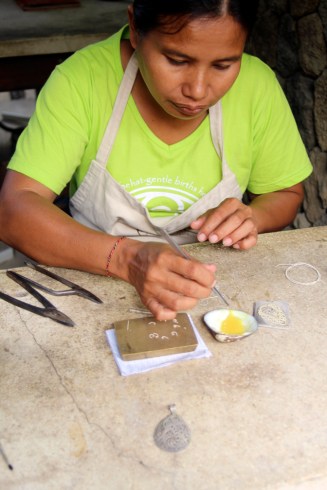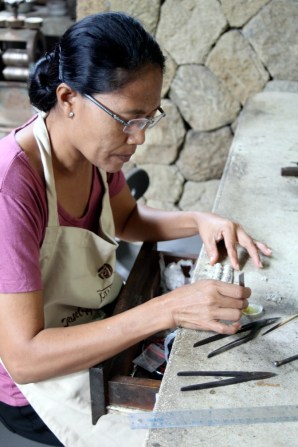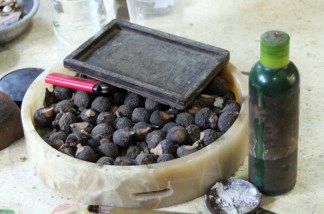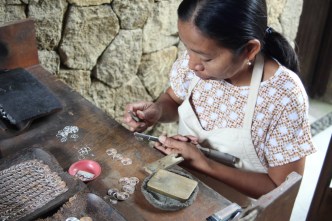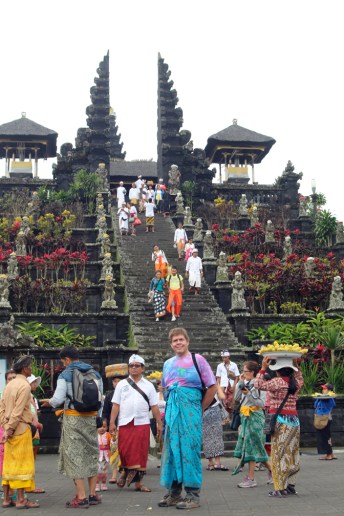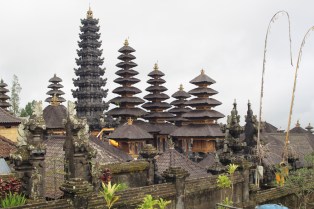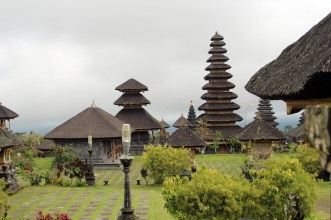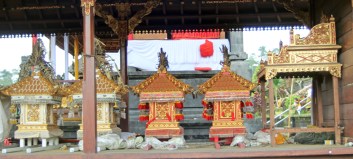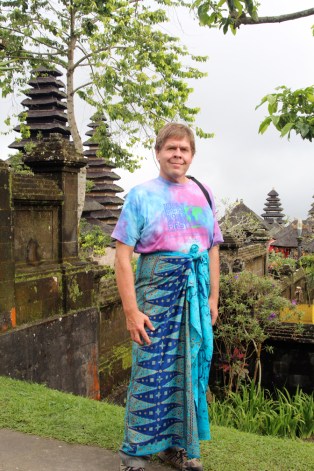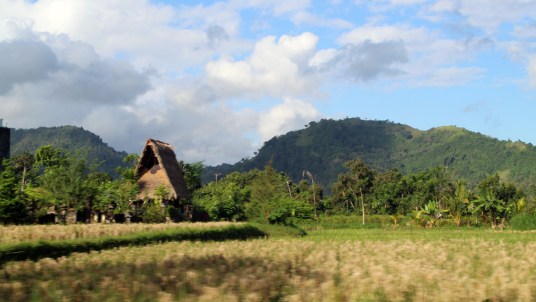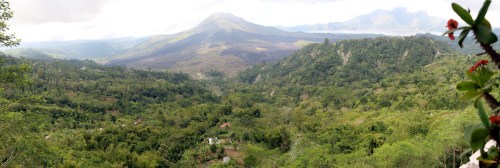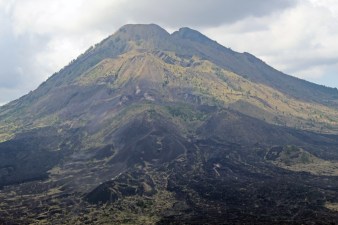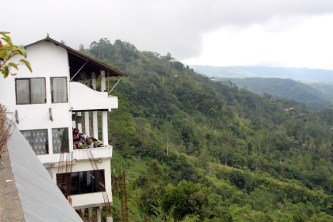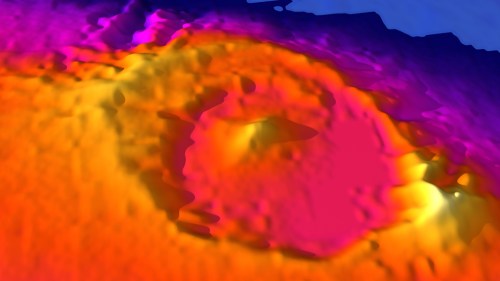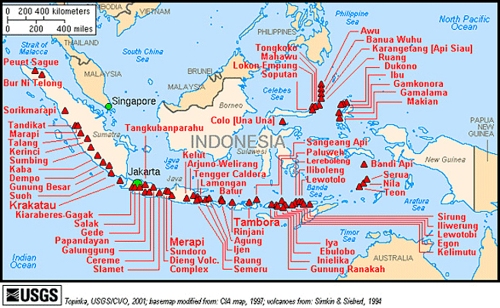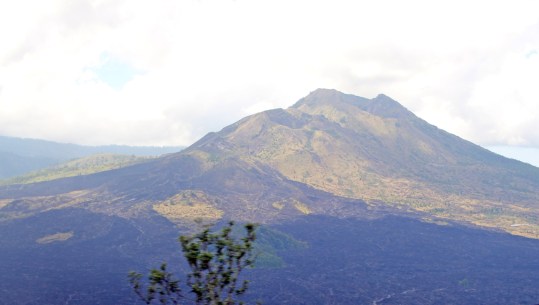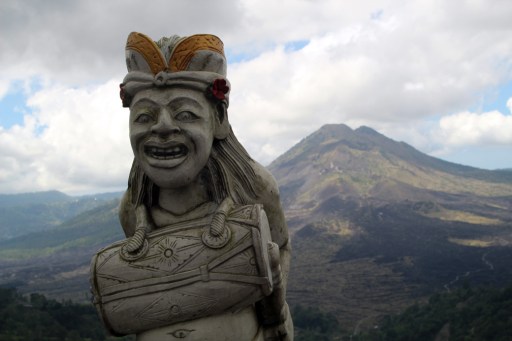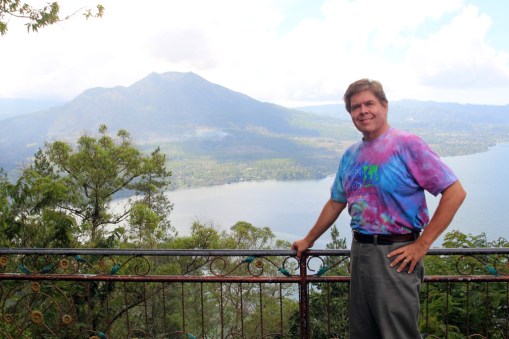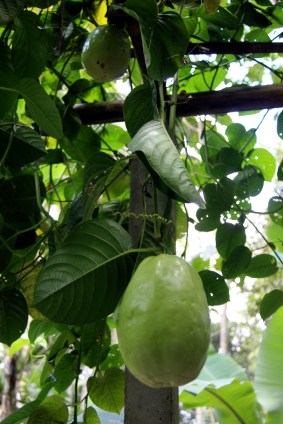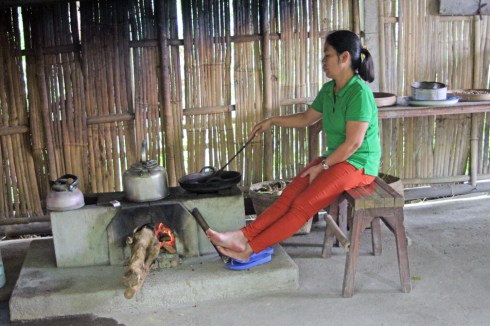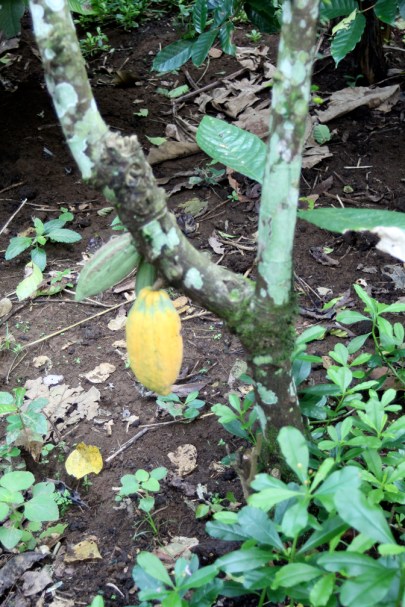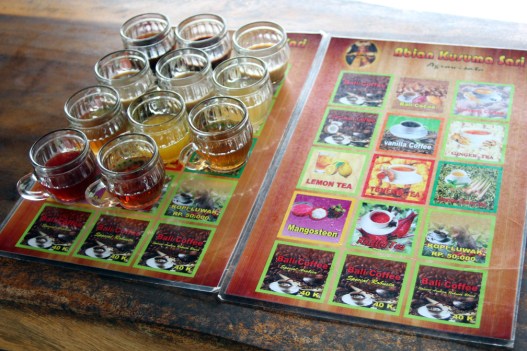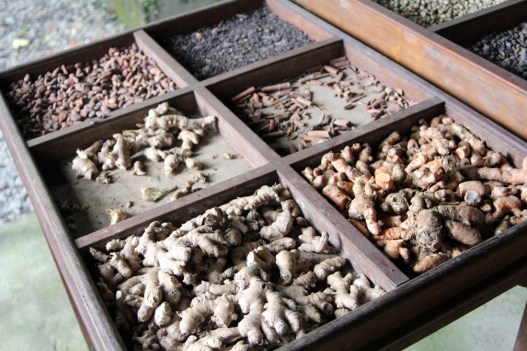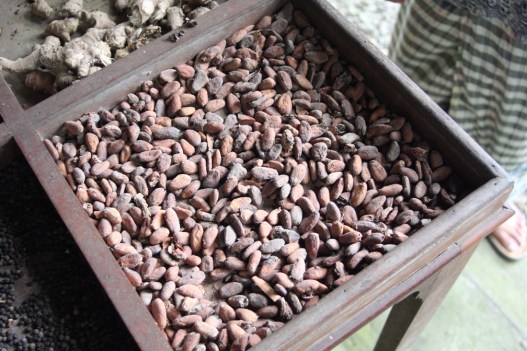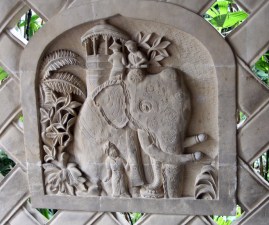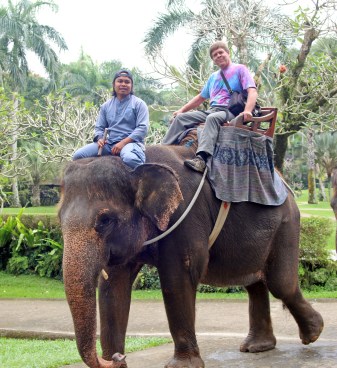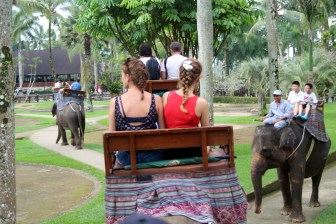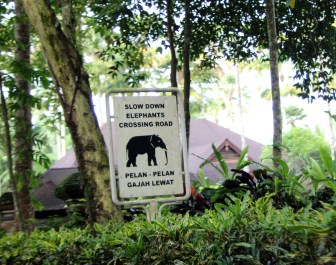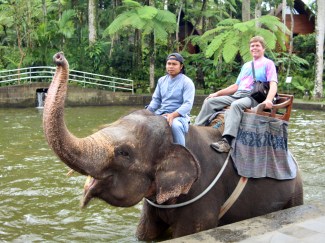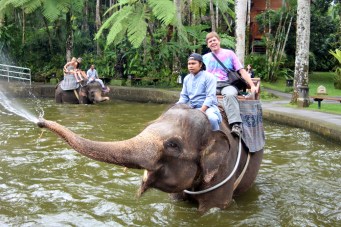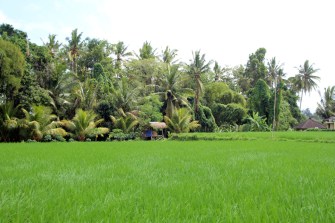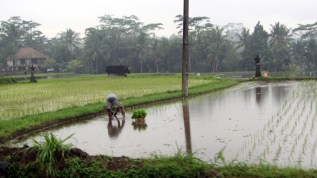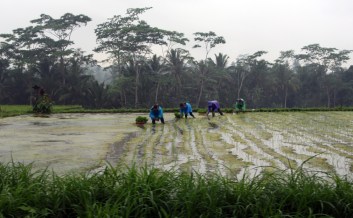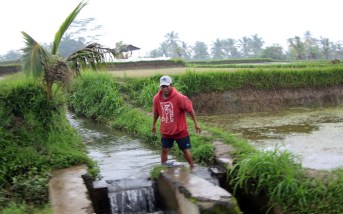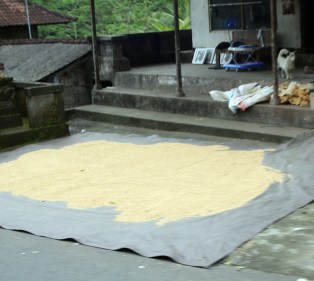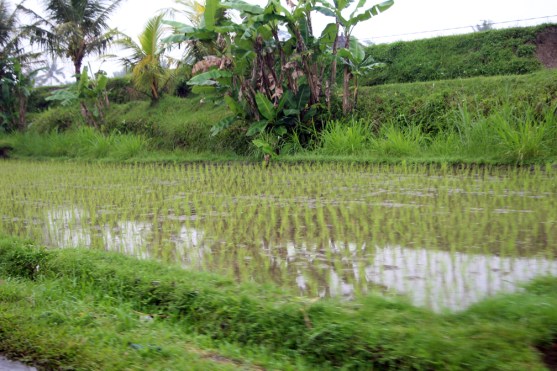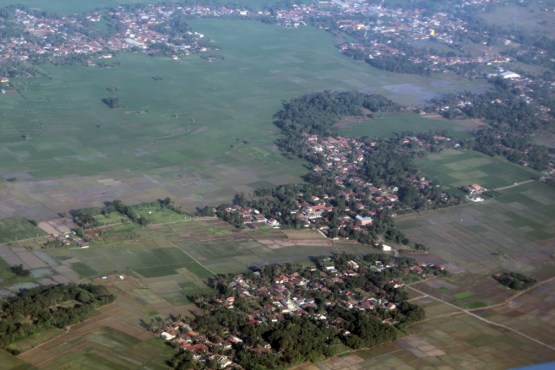Return Flight Part 4: Tuesday, August 8, 2017
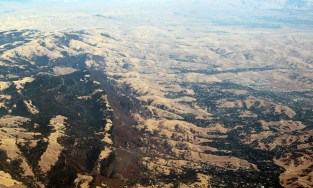
A view out my window of the hills east of Fremont and Oakland, California.
We landed on time at San Francisco, circling around the south Bay Area to come into SFO from the south across the Bay. This is a big plane, and it took some room to slow down and pull into the gate at the International Terminal.
I had been told by the Korea Air Lines lady in Jakarta that my luggage was checked all the way to Salt Lake City but that I would have to come out of security, go through customs, and check back in at the Delta Counter for my domestic flight’s boarding pass. The customs process was automated – you go to a kiosk and fill out the electronic form, then it prints a summary. I didn’t have any currency over about $5 worth of rupiah (yes, there were 1000 and 2000 rupiah coins and bills, but it was still less than $5). I had bought less than $200 worth of souvenirs, so nothing much to declare.
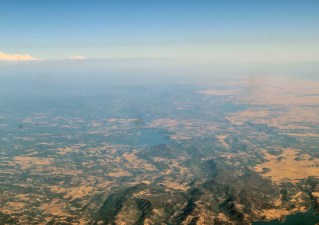
The foothills of the Sierra Nevada Mountains. We passed just south of Lake Tahoe, so this view takes in the area I first started teaching at, in Groveland, CA just south of Sonora. You can just make out the smoke from a grass fire near Mariposa. Sorry about the smudges on the windows.
The people at customs glanced at the form and waved me through, pointing vaguely to the security checkpoint without a word. They were almost rude in their bored lack of concern. I found a baggage cart for my carry-ons (boy, wheels are highly underrated) and took the elevator upstairs to a monorail that carried me over to the domestic terminal and the Delta counter.
I wasn’t able to get the electronic check-in kiosk to work – it wouldn’t find the ticket for my flight. So I went to the counter (the line was short) and the lady there couldn’t find it, either. One last gasp of poor customer service from United! Thankfully, the Delta lady was able to see that I had had a ticket before United canceled it and was able to fix the problem and get me a boarding pass.

Looking down on the Sierra Nevada Mountains as we traveled east to the south of Lake Tahoe.
I found my flight’s gate and walked through Security. It was the same concourse and security checkpoint that Martin Horejsi and I went through after the 2011 NSTA conference in San Francisco, when we ran into each other in the airport and changed our seats to sit next to each other on the flight back to Salt Lake. He then flew from Salt Lake on to Missoula, where he runs the Teacher Preparation program at Montana State. I’ve known Martin since the old days of the Solar System Educator Program in 2000-2004. This time there was no one I knew in the line.
I ate lunch at a bar and grill place – a very nice hamburger. My intestines are finally coming back on line after backing up so badly in Indonesia. I sat at the bar and talked with the guy next to me, who used to be a physics teacher in Texas but is now back in industry.
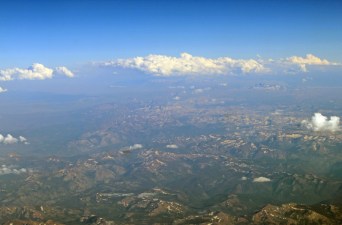
A view down on the high Sierras. Yosemite National Park is to the south in this photo.
I had about two hours to kill, so I snoozed, charged up my computer, and wrote more of these blogs while trying to keep my right leg elevated, which is hard to do on those uncomfortable benches. Both my legs were aching fiercely after wearing the compression socks for two days. I changed my shirt into the fresh one I carried in my computer bag, and we finally boarded the plane after my seat was re-assigned to an exit row. That’s great – I have more leg room and a better view this way.
On our flight to Salt Lake I took some photos of the Sierras on our way over. We flew just south of Lake Tahoe, and out the right side of the plane I could just make out the smoke from the fire near Mariposa and what I think was Lake Don Pedro and Moccasin, where I first started teaching in 1990. I could see the High Sierras still had patches of snow, although I couldn’t make out Yosemite specifically.
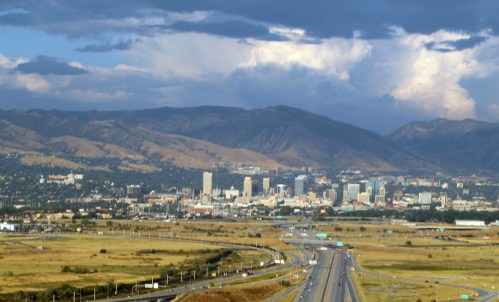
Downtown Salt Lake City, Utah as I land after having been in Indonesia for four weeks.
I fell asleep once the Sierras were past us, and only woke up again as we were making our final approach to Salt Lake City. I took a few excellent photos of downtown as we flew over I-80 and landed. I packed my carry-ons off the plane. You have to pay for all the baggage carts in Salt Lake airport, so I lugged my carry-ons up the concourse and into the baggage claim area. There weren’t many people waiting by the time I got there (I had a restroom stop on the way) and my two bags did not show up.
When I checked at the baggage claim counter, the man was able to use my claim tickets to track them. Apparently, I misunderstood the lady in Jarkarta; when she said my bags were checked through to Salt Lake City and that I would have to go through customs, she meant I would have to take the bags off the luggage carousel in SFO and take them through customs with me before re-checking them onto my final airplane. Or the Curse of United and the problem with my missing flight reached out from the grave to haunt me one last time. Regardless, my luggage full of smelly laundry and souvenirs did not make it to Salt Lake with me.
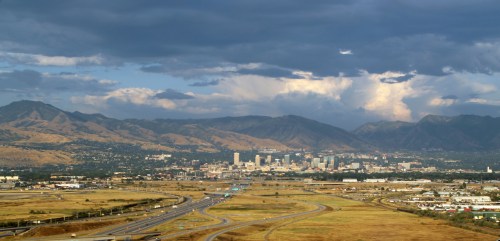
Landing at Salt Lake City International Airport after my trip as an education ambassador in Indonesia.
I got my phone working again and called Becca, who was waiting outside the terminal with Jonathan and William. I walked to the curb with my carry-ons and she picked me up in the Dodge minivan. It was great to see them again. I hugged them all, got in the front seat and took my shoes and compression socks off before my legs fell off, and we traveled home.
My luggage took several days to arrive, the red bag on Thursday and the blue bag (which somehow made it to Seattle) on Friday. With its arrival, I was finally home. It took a couple of days to readjust to Mountain Standard Time – I was jet lagged in reverse – but by the time I reported back to school on Friday, July 11, I had pretty much recovered.
And now I am home after four incredible weeks in Indonesia, learning about their education system, teaching, and exploring. I saw the Southern Cross for the first time, as well as Alpha Centauri. I visited religious shrines, World Heritage Sites, went bamboo rafting in the rainforest, explored a diamond mine, saw silver jewelry made, learned batik, and did so very many things. I’ve written over 80 blog posts about the Teachers for Global Classrooms program and this journey.
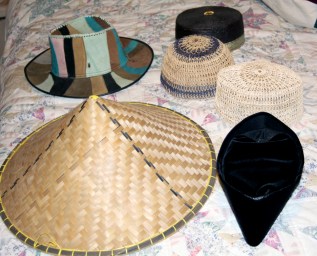
A sampler of hats that I bought in Indonesia. The large rice farmer’s hat was a challenge. I put it in a large plastic bag and ties the ends of the bag to the outside of one of my carry-on bags. In addition to these, I also bought a Yogyakarta cap and a Borneo prince hat for my son. The black hat in the front right is the same as worn by Javanese officials such as President Widodo.
As part of the requirements for the TGC program, I had to create a summary of what I learned from my experiences; a series of reflections that tie in to the guiding questions I decided on before coming to Indonesia. I had one overarching question with several sub-questions, so I made a separate reflection post for each one. Since they had to be done before September 5, I created them on a separate page so they wouldn’t be out of order. You can find them here:
https://elementsunearthed.com/reflect/
The page includes the following four parts:
Reflection 1: Finding Common Ground
Reflection 2: The Need for Self-Expression Through Art
Reflection 3: The Mysteries of Life
Reflections 4: The Extraordinary Adventures of an Ordinary Educator
As for what I did myself after returning home, I spent the remainder of August writing up these posts, in between starting school again. I had written as much as I could while in Indonesia, but decided to write the whole experience as one large document so that I could be internally consistent and chronological. I managed to stay up on editing the best photos as I went along, but my last few days needed work.
By September 5 the writing and photos were done and I began the process of posting the parts, creating a record 36 posts in September including the reflections posts. The TGC reviewers said I had made a good start but needed more required pieces, so I did edits and re-arranged the site, adding more pages for links to TGC materials and online resources by the end of September. You can check them out here:
Resources and Links:
https://elementsunearthed.com/assignments/
Global Education materials:
https://elementsunearthed.com/global-teaching/
In October, November, and December I worked hard to get all of these posts done by the end of the year. I still want to create a large Adobe InDesign book document with this text and photos and print it all out in a binder for posterity and my students. I’ll work on that in January.
As for this blog site, now that my TGC experiences are done and I am an official alumnus of the program, I can return to the central purpose of this site: to tell the stories of the chemical elements and important materials. I did do some of that through my Indonesia experiences (diamond mines, coal, batik, rubber, silver jewelry, rice farming, cinnamon, luwak coffee, Mt. Batur and Mt. Merapi, etc.) but it will now be my majority focus.
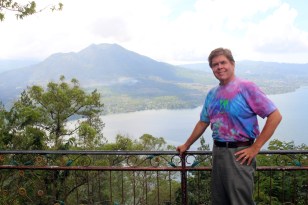
David Black overlooking Lake Batur with the composite volcano cone in the distance.
It’s been almost five months since I returned from Indonesia, yet because I took the time and effort to write all of this down and share it with you, my memories of the experience remain fresh and detailed and hopefully always will. I thank the people at the U.S. State Department and IREX for supporting this amazing program, and I will do all I can to promote it and share it with other teachers and students. I hope my writings here will promote bridges of understanding in a world that needs more global citizens.
Thank you for staying with me. Please read on!

